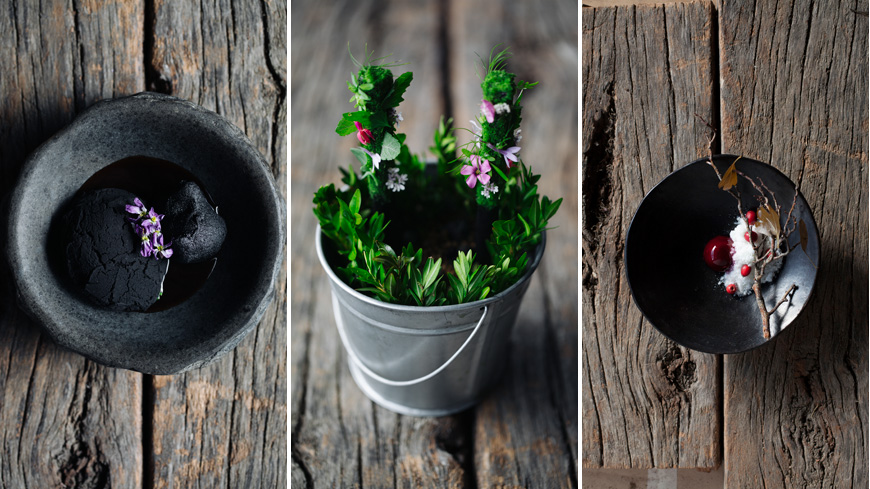On a cloudless afternoon a little over a year ago, chef Rodolfo Guzman contemplated a plant he had discovered while wandering up to the Salar de Tara salt flats, which lie 4,860 meters above sea level, in the middle of northern Chile's Atacama Desert.
"I wonder if you can eat this," he said, rubbing the leaves between his fingers. The twig resembled rica-rica, a fragrant herb that thrives in the arid Atacama. It has been used for centuries by the indigenous Mapuche tribes to treat everything from indigestion to heart problems. The day before, Guzman had gathered bushels of rica-rica to make ice cream at his internationally acclaimed restaurant, Borago, located about 1,000 kilometers away in Santiago.
He clipped a sample of the unidentified plant to take back with him to the restaurant and planned to send the specimen to a university lab for analysis. If deemed edible, he would research how to cook with it, and one day it could end up on Borago's constantly evolving menu.



